【新唐人2011年12月6日訊】中共喉舌媒體說,到今年10月底為止,有「1000萬套保障房開工」。經濟專家覺得匪夷所思,因為在各種基本條件相同的情況下,今年的生產力如何一下子比去年提高90%?業界人士說,這是又一次大躍進。
《新華網》12月4號報導,截至今年10月底,全國開工建設保障房超過1000萬套,比原計劃提前1個月完成目標任務。《新華網》說,中華大地上,迅速掀起了推進保障房建設的熱潮。
不過,房地產界人士分析,1000萬套保障房是「不可能完成的任務」。
12月2號,北京市「華遠地產股份有限公司」董事長任志強,他在《華爾街日報》發表文章指出,如今「保障性住房」的大規模建設又進入了「大躍進」的時代,再一次重復著中國計劃經濟完全「不顧及經濟發展條件」、「不顧生產能力」和「不講科學道理」的錯誤。
任志強在文中詳細分析,官方下達的1000萬套保障房的指標,目前在土地、資金、生產能力這三個必要條件上都無法實現。
首先,保障房的土地無法用拍賣等方式收回投入的成本,徵地相對比較困難,而如果都用商品房用地去充抵,就無法保障商品房的供給和降低商品房房價,因此會在經濟上造成巨大損失,沒有哪個地方政府願意去幹。
其次,住房建設部只計算了1000萬套保障房的建安成本,沒有包括土地的開發成本、徵地拆遷的成本、市政交通,教育醫療配套的成本等等。因此地方政府的實際支出會翻倍,無疑錢是一個重要的限制性條件。
另外,根據1998年以來中國房屋新開工、施工、竣工面積的統計數據,新增住宅竣工面積每年僅僅以幾千萬平方米的速度在增長,而今年一下要新建1000萬套保障性住房,按平均每套75平方米的面積計算,竣工建築總量約為7.5億平方米,幾乎在2010年的基礎上增加了90%,
政治經濟評論家草庵居士:「中共要求建1000萬套保障房啊,真的是一個大躍進。即使按照他們目前所規劃的,大約在六、七十平米的話,這個是一個相當大的面積。在中國現在面臨的經濟危機,整個經濟狀況,地方財政缺錢的情況下,這個保障房的泡沫啊,是不可能實現的一個事情。」
住房與城鄉建設部一位官員在稍早前接受媒體採訪時承認,全國已開工的1000萬套保障房中約三分之一屬於「挖坑待建」。有些地方甚至將奠基儀式作為開工的標誌,鏟點土就算開工,或者只是給媒體做做樣子。
而為了完成1000萬套的開工計劃,很多地方倉促採購、施工、和監理。11月16號,南京岱山保障房建設工地就被網友曝光使用「瘦身」鋼筋。
南昌劉先生:「他那個鋼筋瘦身以後,他就可以多賣錢。監管部門,請他們吃頓飯,塞一個紅包,沒事了!埋到水泥裡面去,當時不說,後麵人看不到。那麼受害的還是消費者,買房子的人。你看看中國多少豆腐渣工程呢,都是這樣造成的。」
根據國內媒體統計,2010年之前,中國住房開工量與國內鋼材和水泥的銷售數據是完全吻合的,但是在2011年卻出現了巨大差異——政府公布的住房開工量對鋼材和水泥的需求,總是超出市場上鋼材和水泥的銷售量。《民生週刊》評論說,保障房開工量有沒有水分?數據面前不需要蒼白的辯解。
新唐人記者劉惠、尚燕、孫寧採訪報導。
China’sEconomic Housing in a “Great Leap Forward”
The CCP’smouthpiece released the information that by end of Oct. this year,
10 million economic apartments had started construction.
Economists feel that this is incredible, because that would
indicate a 90% increase in productivity, without changes in relevant conditions.
They believe it is only another “great leap.”
Xinhua News reported on Dec. 4 that by end of Oct. 2011,
over 10 million sets of economic apartments were
under construction, 1 month in advance of the date planned.
Xinhua said China was seeing a “boom” of economic housing.
However, real estate analysts have said
it is a "mission impossible."
Dec. 2, Ren Zhiqiang, president of Beijing Huayuan
Property Co., published an article in the Wall Street Journal,
saying that China’shousing construction had turned
another corner in the "Great Leap Forward."
He said the CCP is again showing its blindness and
disrespect for China's Economic conditions, as well as for scientific principles.
Ren pointed out in the article that the CCP’sofficial
claim simply cannot be seen as realistic ,
due to inadequate land, capital, and production capacity.
First, the land for economic housing cannot redeem its input.
Therefore it is difficult to obtain the land needed.
To offset the shortage with commercial land would reduce the
supply of commercial housing and lower housing prices.
No local government would undertake the economic losses.
Secondly, besides the costs of building 10 million units, there
will also be costs of land acquisition, resettlement,
municipal transportation, medical and educational facilities, etc.
The actual expenditures will double the current budget.
Money is undoubtedly an important restrictive condition.
In addition, according to statistics since 1998, China’shousing
increases only by tens of millions of square meters every year.
10 million units would provide 750 million square meters,
90% more than 2010.
Recluse of Straw Cottage says:
“It is indeed a “Great Leap” with the CCP claiming to build 10 million units of economic apartments.
Even at 60-70 square meters each,
that would still amount to a large quantity.
Given the current economic crisis and local government deficit,
it would be impossible to realize such a promise.
An official of The Department of Housing and Urban
Development earlier acknowledged that construction of 1/3 of the 10 million apts had barely started.
Some places initiate construction simply by starting a sign-point.
They are performing for the media.
In order to fulfill the 10-million- unit goal, many places have
improperly Speeded up construction.
Daishan construction site in Nanjing is reported
to have used "thin" steel.
Mr. Liu from Nanchang has said:
“ 『Thin』 steels can make more money. Regulation authorities
will ignore this practice if bribed . The victims are the consumers.
How many of China’sconstruction projects are not as shabby? ”
Before 2010, steel and cement sales on the open market matched
that consumed on construction sites, but after 2011 there was an enormous gap between these figures.
An article in Minsheng Week commented that data defies
false presentation. It questions the integrity of China’seconomic houses.
NTD Reporters, Liu Hui, Shang Yan and Sun Ning
看下一集
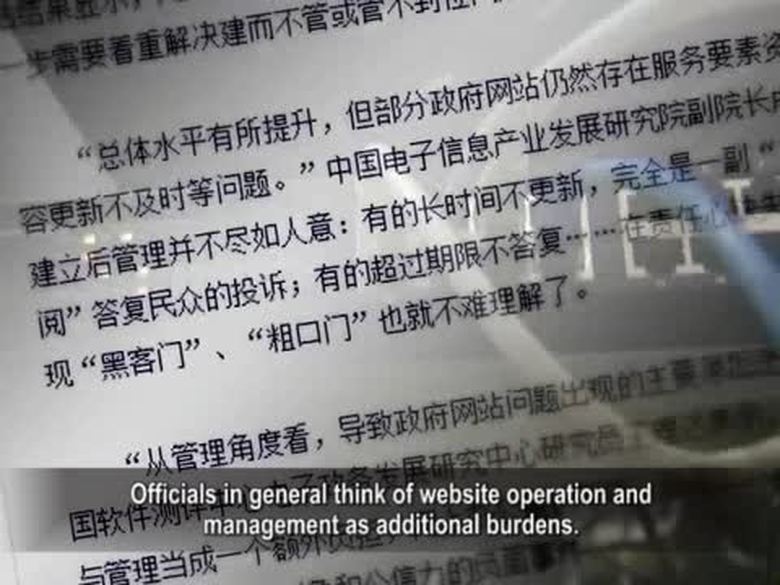
【禁聞】逾8成用戶對大陸政府網站不滿意
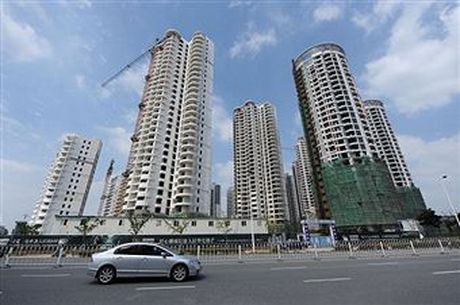
【禁聞】大陸房價拐點初現 當局再陷兩難
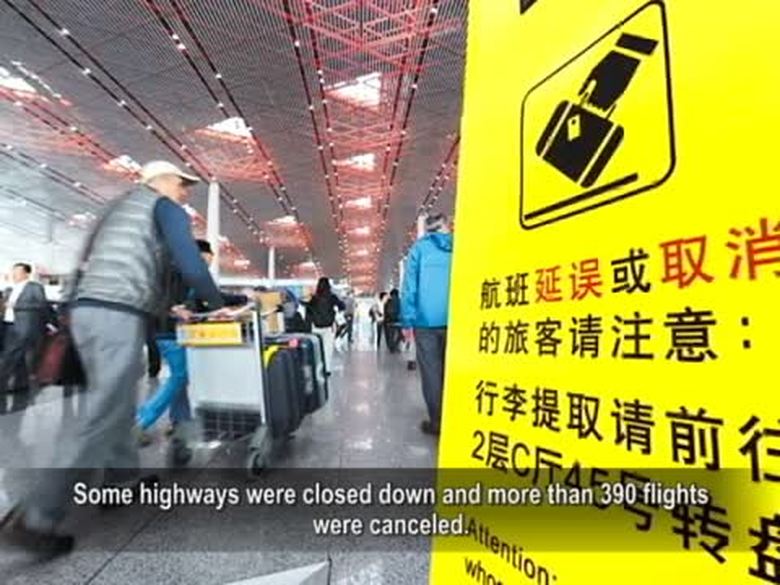
【禁聞】霧鎖北京 民眾受不了 官方說還好
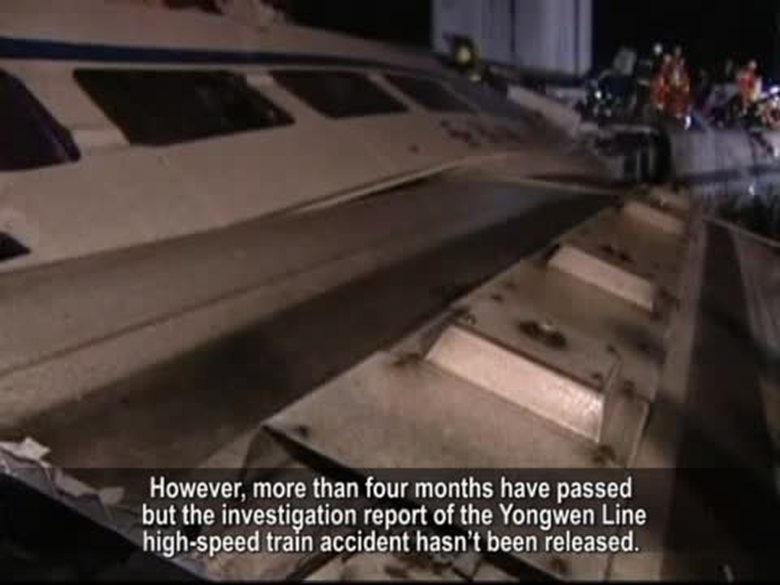
【禁聞】動車事故調查報告難產 真相難產
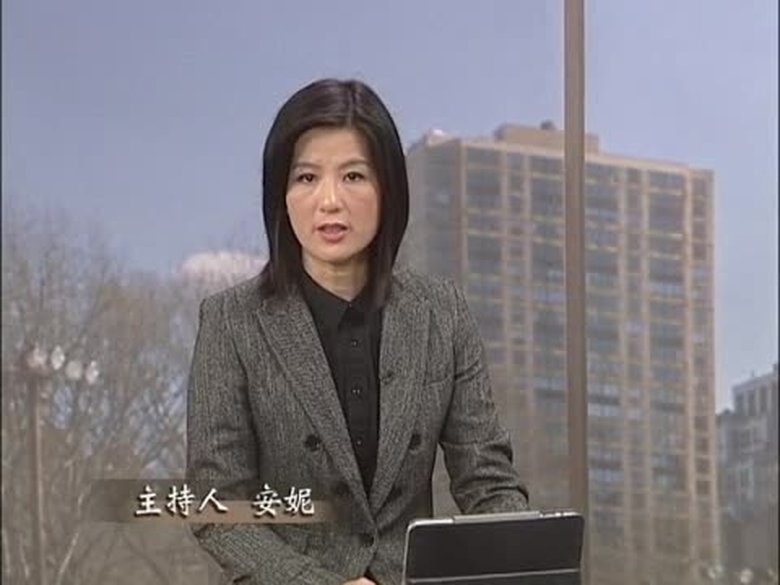
【禁聞論壇】韓國警方破獲的中國移植器官案

【禁聞】美式話劇中國上演 知情權引共鳴

【禁聞】央視原主持涉詐騙 拋妻棄女養情婦
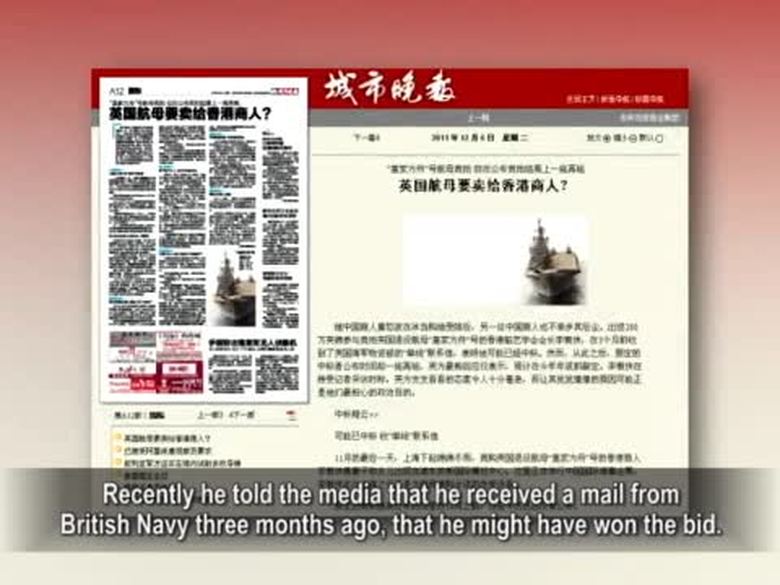
【禁聞】香港商人競購英退役航母 引憂慮
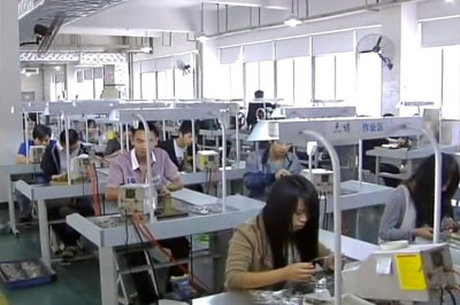
【禁聞】外媒看中國:世界工廠的新難題
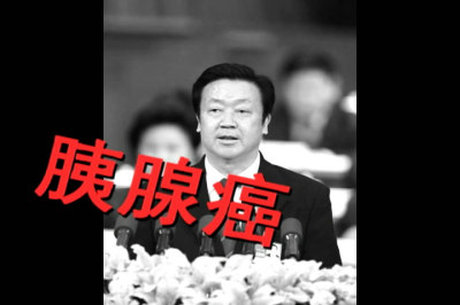
【禁聞】傳最高法院院長罹癌 掌聲四起
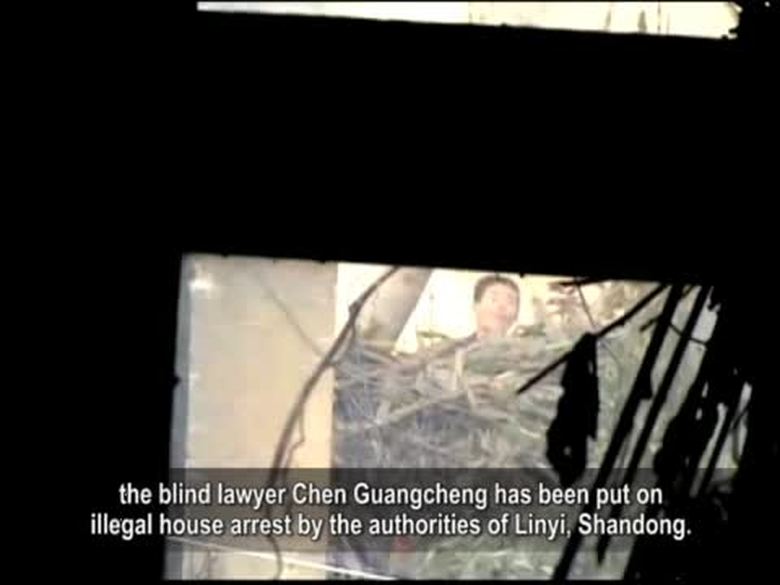
【禁聞】維權人士處境:鬆動和打壓並行
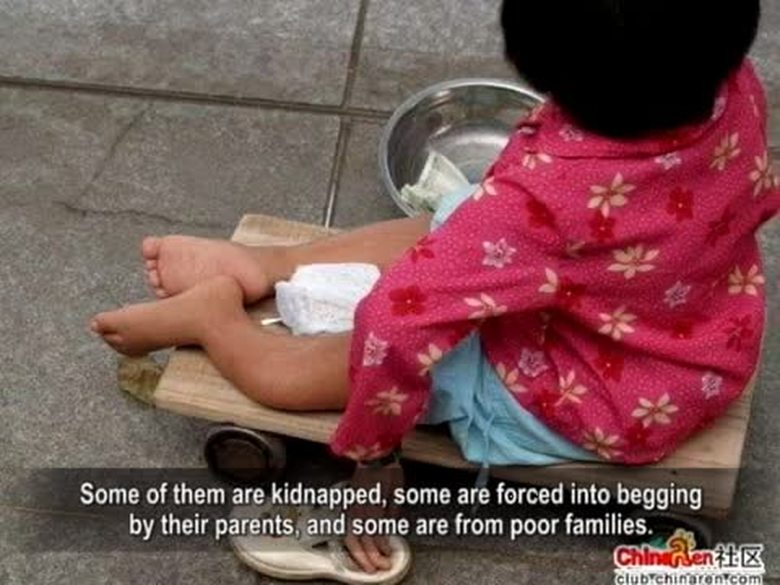
【禁聞】童乞現象 凸顯社會治理問題
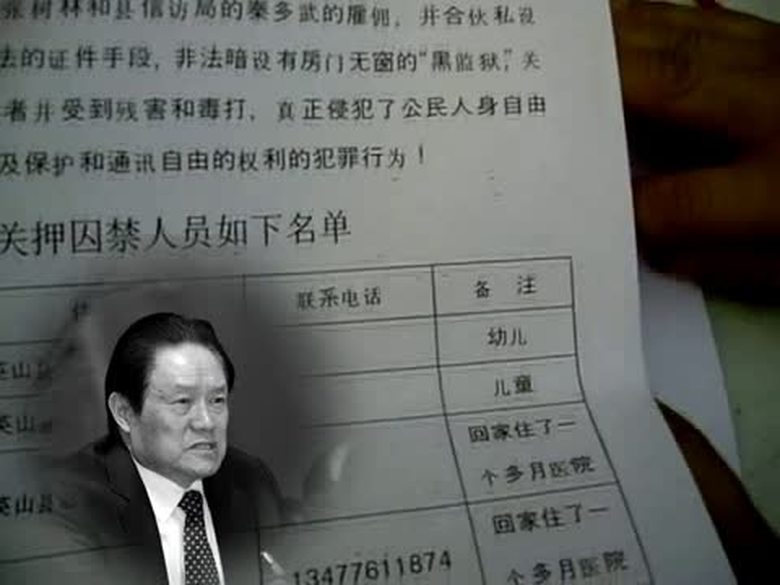
【禁聞】周永康擬還歷史賬 被指耍兩面手段
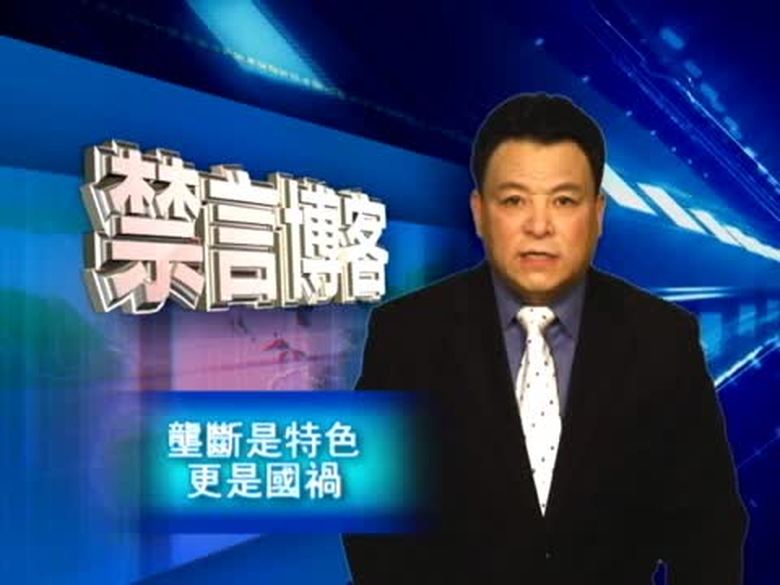
【禁言博客】不關心政治就能過好「小日子」?
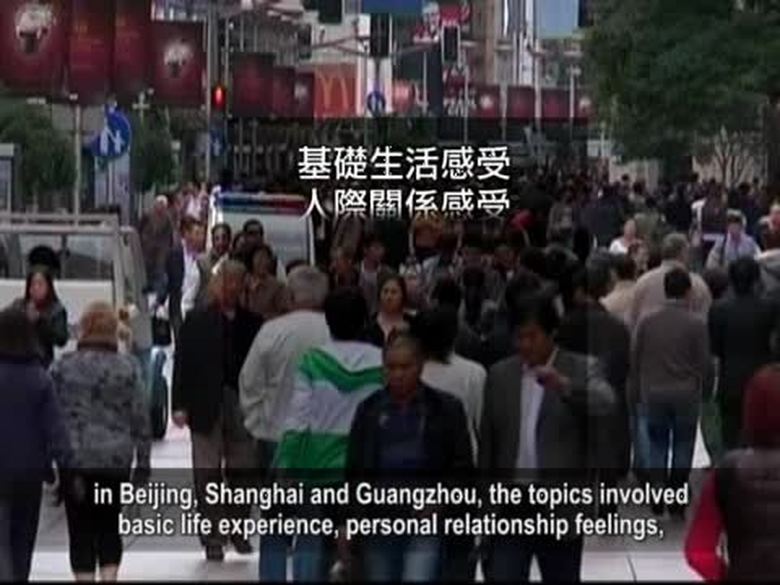
【禁聞】貧富差距懸 專家:中共特權壟斷
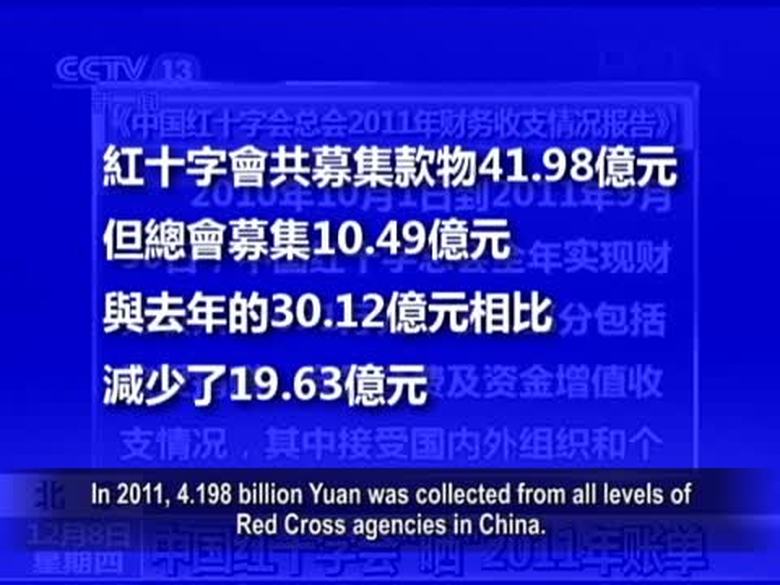
【禁聞】紅十字會:郭美美使個人捐款大降








